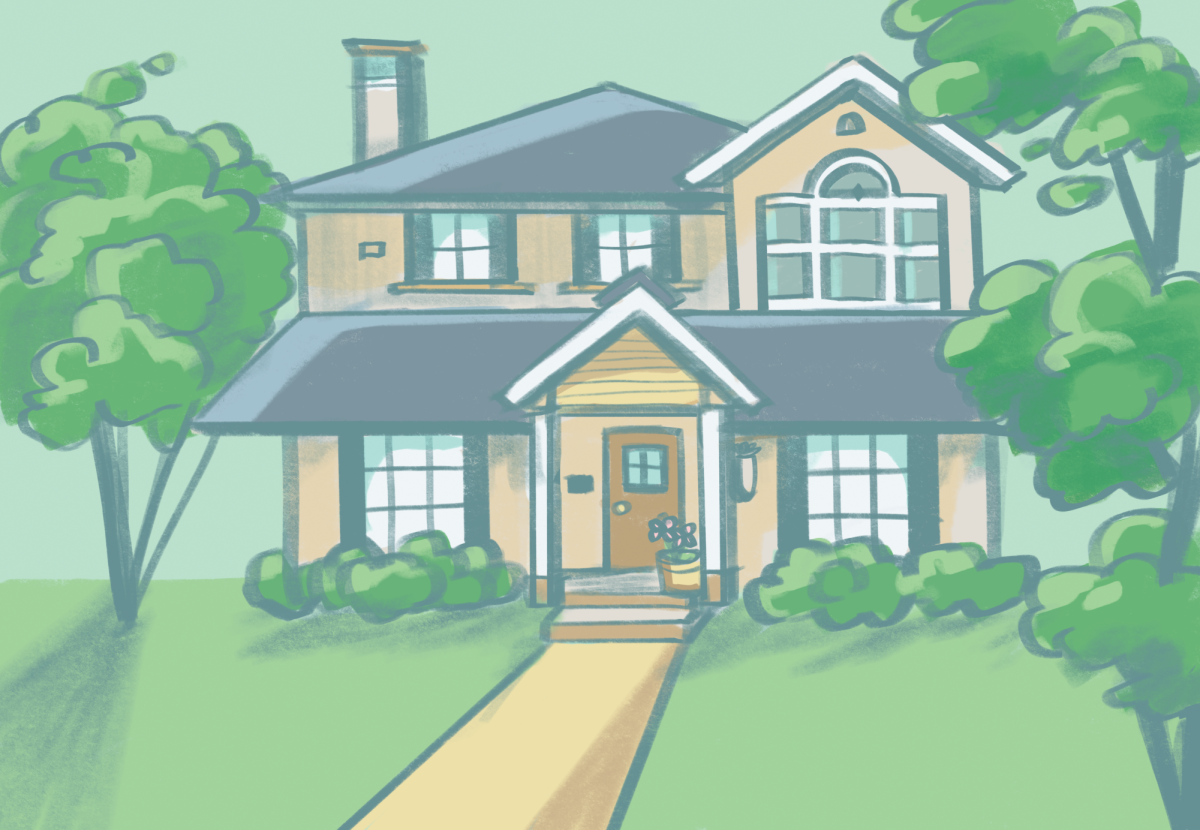The new housing initiative, named Home Options for Middle-Income Empowerment Ordinance (HOME), passed on Dec. 7 of last year and introduced additional affordable housing options to the Austin community. The ordinance will permit three mostly single-family housing units. While three new buildings will not have a dramatic effect on the availability of housing in Austin, they hold great promise in bolstering Austin’s housing supply and affordability, which have struggled to keep pace with surging demand in recent years.
Over the past decade, Austin has experienced exponential growth, experiencing a 5.3% population growth according to Bramlett Residential, and has been the fastest-growing area in the nation for 12 years in a row according to city demographer Lila Valencia, driving up housing prices and making homeownership increasingly out of reach for many middle-income families and essential workers such as teachers, first responders, and government employees. According to KUT, the median price of homes in Austin has risen more than 50% since 2018, reaching an astonishing $570,000, despite the damper that rising mortgage interest rates have put on the housing market.
The HOME initiative aims to tackle these issues head-on by increasing housing density and flexibility, particularly in single-family neighborhoods. By allowing for three housing units on most single-family lots and permitting the use of tiny homes, this initiative will diversify housing options and create more opportunities for affordable homeownership. Though these changes may not fully solve Austin’s housing deficit, they represent a crucial step toward addressing the mismatch of supply and demand in the housing market.
According to City of Austin Council Member Alison Alter, this initiative is designed to target the “missing middle” of the housing market, catering to middle-income families who often find themselves priced out of homeownership and providing a much-needed stepping stone onto the property ladder for those previously locked out of Austin’s competitive housing market. The initiative aims to offer more attainable housing options for a broader range of Austin’s residents by producing smaller homes on smaller lots.
While it is still extremely early for the HOME initiative, the potential impact is generating optimism among people such as with the City of Austin District 3 Rep. José Miguel Anwar Velásquez, one of the council members who voted for the passing of the HOME initiative. Similar land use changes in cities like Houston, San Antonio, and San Diego have yielded positive results, demonstrating the potential of density-focused policies to lessen housing affordability pressures and promote growth.
However, challenges remain, as the success of the HOME initiative will ultimately depend on the implementation and ongoing evaluation. City officials must monitor the initiative’s progress closely to ensure and fulfill its promise of creating a more equitable and accessible housing market for all residents in Austin.
While the HOME initiative will not drastically transform Austin’s housing landscape overnight, it represents a promise from Austin politicians to address one of the most pressing issues for many Austinites in the future. By embracing innovative approaches to housing policy and prioritizing the needs of middle-income families, Austin can pave the way for a brighter future where everyone has the opportunity to call it home.







